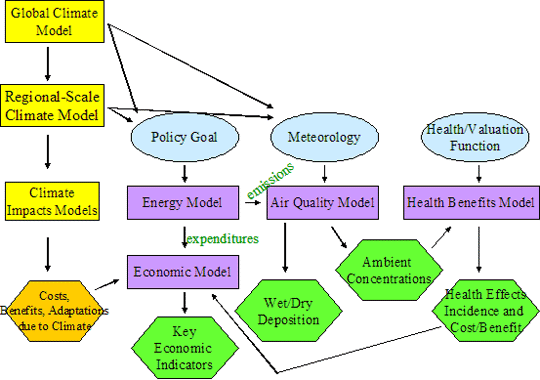Framework Analysis Introduction:
So, you have collected all the qualitative data needed to answer your qualitative research questions. It is great to hear that you have gone through the most tiring part of the research. Do you know about the next stage? Yes, you have guessed it right. Data analysis is the next stage, and for this, you must have command of any of the analysis techniques to unearth hidden themes and relationships in your data. I hope you have heard about a very famous analysis technique called framework analysis. Although a very useful method to analyze qualitative data, there are still many misconceptions associated with this method. Keeping this in view, today’s topic is all about discussing those misconceptions and telling students that they are just misconceptions. However, prior to that, it is important to know about framework analysis and the 5 main stages of this analysis. So, let’s get started.
What is a framework analysis? Also, explain its 5 main stages.
The framework analysis is a systematic approach to reviewing the collected qualitative data. Using this analysis, you uncover the themes hidden in the data and use them for public policy making. This analysis is developed by the UK government and enables the government to make public policies in the health care sector. There is an abundance of theoretical knowledge on this analysis method. However, most of the time, the literature is quiet on its practical uses.
5 stages of framework analysis
This analysis method is extremely popular among student researchers due to its built-in organisation. It provides an easy way to analyse the collected data in the form of 5 stages. A brief description of each stage is as follows:
1. Familiarisation
The first stage of this analysis is the familiarisation stage. As you have collected all the qualitative data, first, you must familiarise yourself with the data. Try to look for any developing themes in the data by looking into the data. Intentional familiarisation with the data allows the students to have an intimate knowledge of the content. Hiring a dissertation proposal writing services can be helpful for you at the familiarisation stage.
2. Identifying themes
After familiarisation with the data, the next stage is about identifying the themes present in the data. As a student researcher, you write up all the themes and subthemes identified in the previous step. This step will help you develop a thematic framework, which is necessary to do the framework analysis. So, look at each answer and identify all the themes.
3. Indexing
The 3rd stage in framework analysis is called the indexing stage. Indexing is also known as coding, in which the researcher takes the identified themes and codes them in a specific way. It means assigning a code or short word to each theme identified. It is important to tell that during this process, the researcher will divide the whole data into portions and then index them one by one based on the themes.
4. Charting and summarising
The framework analysis explains this stage as the stage of re-arranging the data and creating an order in the data. It is necessary to put the data in their relevant categories because doing this makes the process of interpretation easy. If you are done with the three stages stated above, then charting is not a difficult task. All you need to do is order the data, and that is it.
5. Interpretation
It is the last stage of framework analysis and involves interpreting the results. As you have all the themes and their order in front of you, it is very easy to interpret them. Just talk about identified themes in relation to the research questions and tell the readers how they answer the overall research issue.
Misconceptions about framework analysis
From the discussion above, you have a pretty good idea of this analysis and how to do this. As your base is now set, let’s head to the misconceptions about this method that most students have. Hence, a brief description of the misconceptions is as follows:
1. It is a rigid process
The first misconception that most students have about this analysis method is that they think it is a very rigid process, which follows the 5 stages and analyses the data based on those. Although it is correct, this method is still not a rigid method. The framework analysis is a flexible process that allows for the unearthing of hidden themes present in a qualitative. It allows the researcher to make changes in the analysis, if necessary. So, it is a dynamic process rather than a rigid one.
2. It isn’t very objective
Students also think that this analysis method is not very objective and prone to bias. It is just a misconception of students because this analysis method is very rigorous and follows a 5-stage mechanism to analyse qualitative data. This analysis method fosters transparency of the analysis because the researcher has to go through the 5 stages. He cannot skip any stage of the process. So, this is a non-biased analysis method.
3. It is only for qualitative data
Although its major application is found in the case of qualitative data, this cannot always be true that framework analysis is only for qualitative data. Sometimes, the quantitative data, i.e., numbers, can be so much that you can take help from this analysis method to figure out the themes and trends present in them. So, it can be used for both qualitative as well as quantitative data.
4. Related to one discipline only
Although the framework analysis method is initially developed for the healthcare discipline, now, it is not the case. Still, many students have a misconception that it can only be applied in the medical field. Such students are wrong because this 5-step process of analyzing the data is suitable for interdisciplinary research.
Conclusion
Framework analysis is a method to analyze collected qualitative data and unpack the hidden themes. It is a 5-step analysis process that is extremely useful in sociology, psychology, and the healthcare disciplines. However, students have many misconceptions about it, as mentioned above. They think that it is not objective, but the results say the opposite. So, these are just misconceptions; you should not consider them when analyzing the data using this method.
Read Also: How to Draw Spring Flowers


